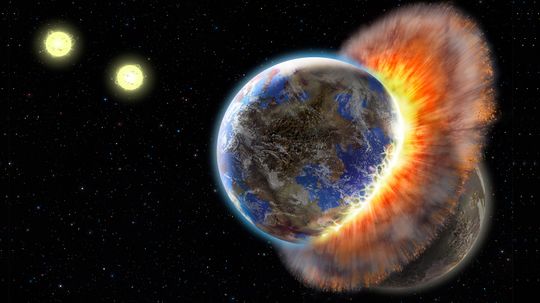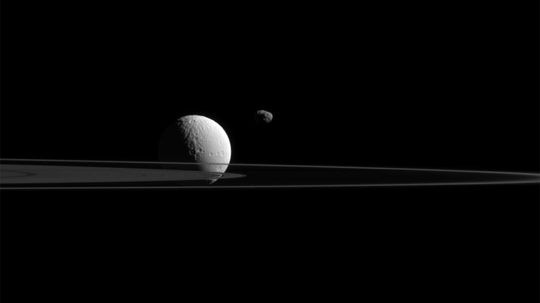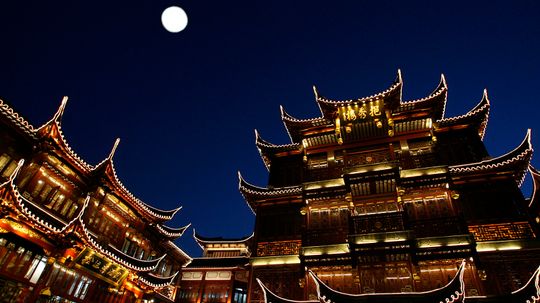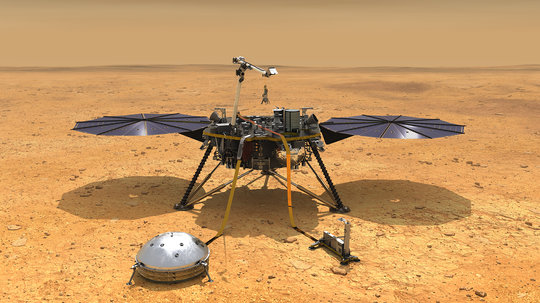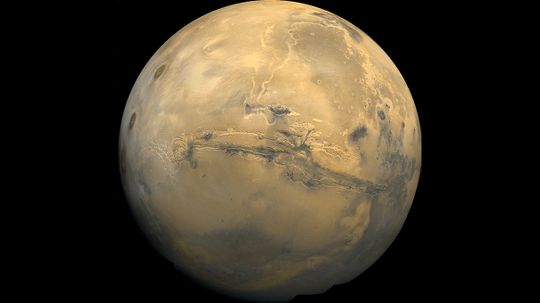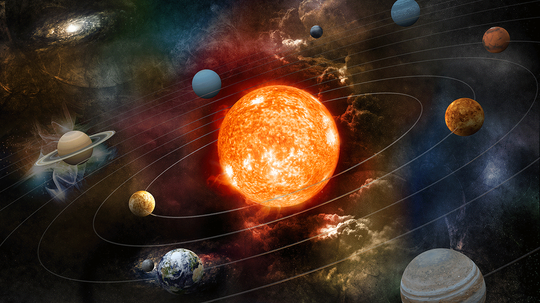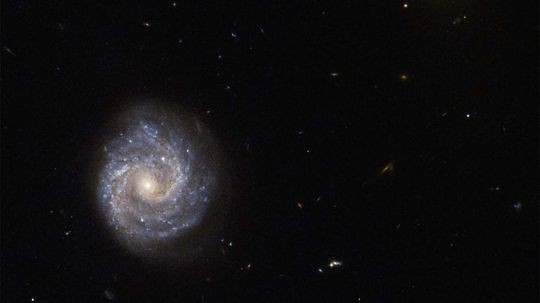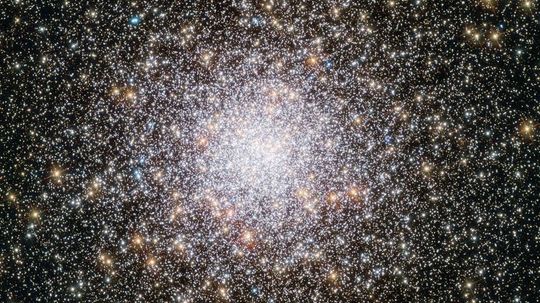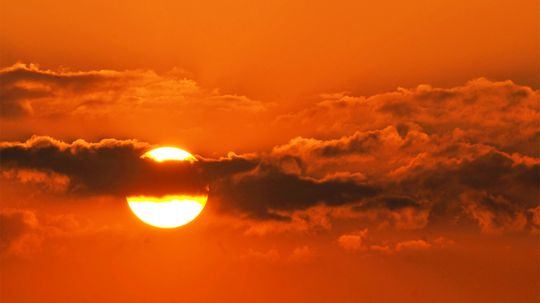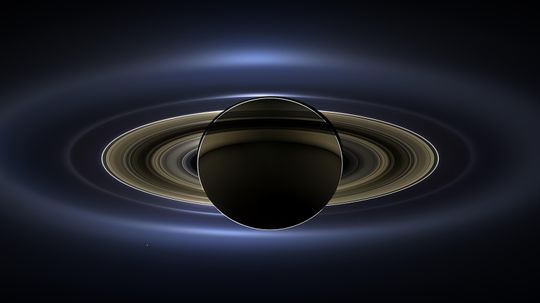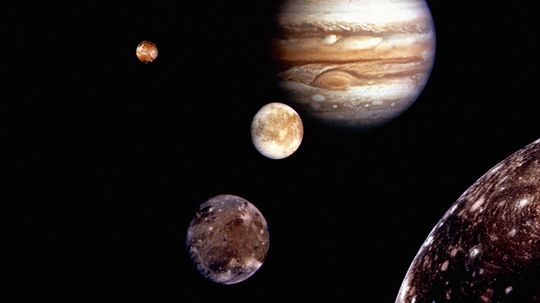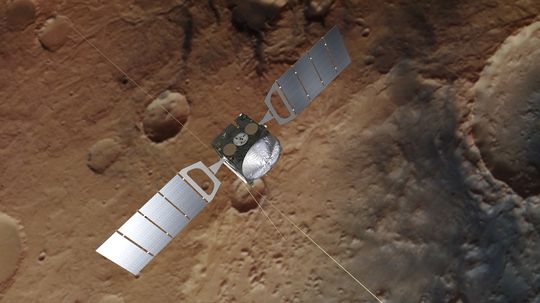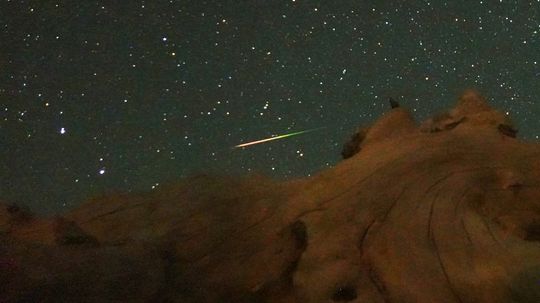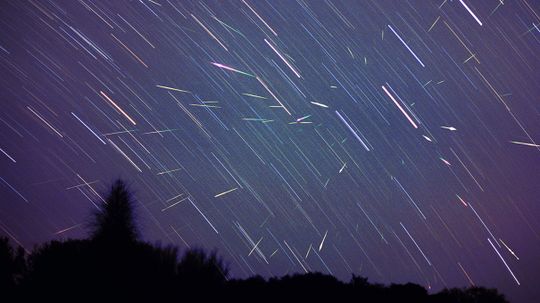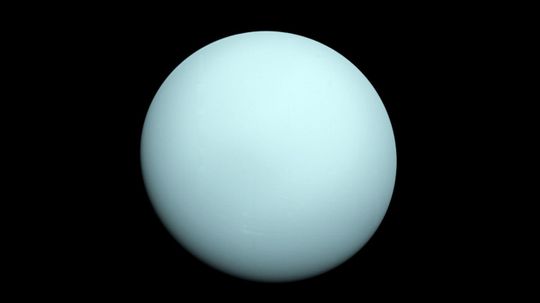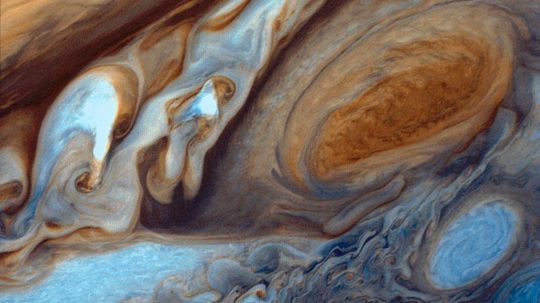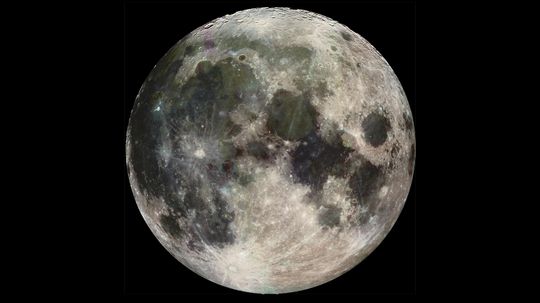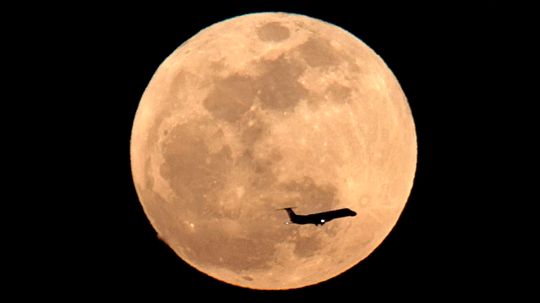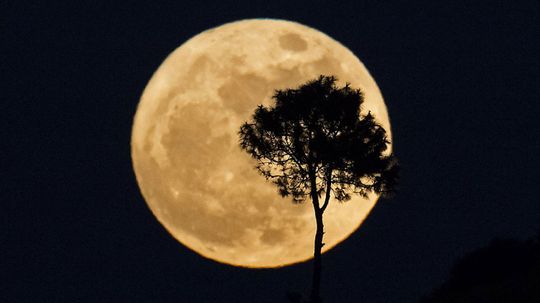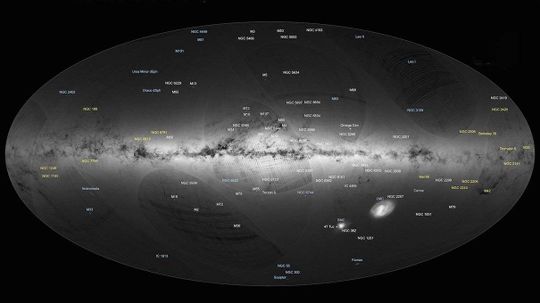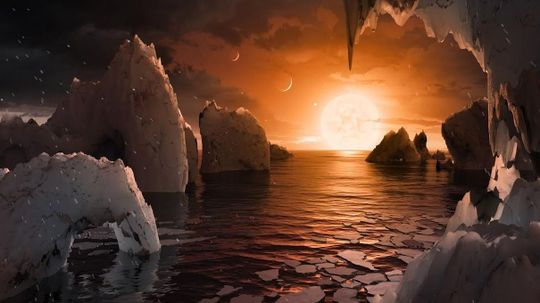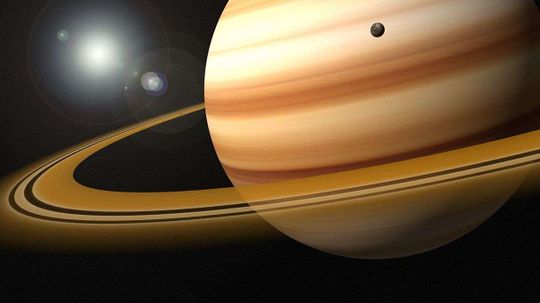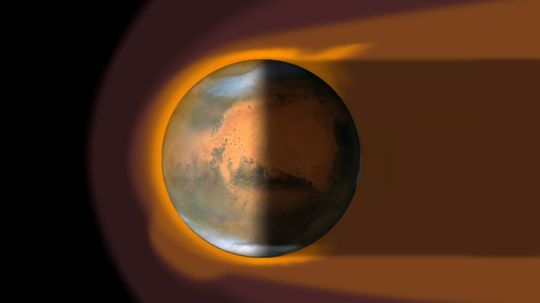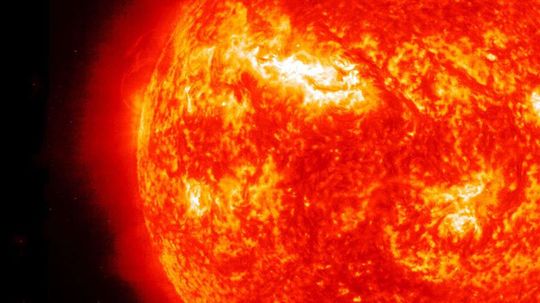The Solar System
In the Solar System Channel, you can explore the planets and celestial objects around our own sun. Learn about topics such as Mars, Jupiter and the Moon.
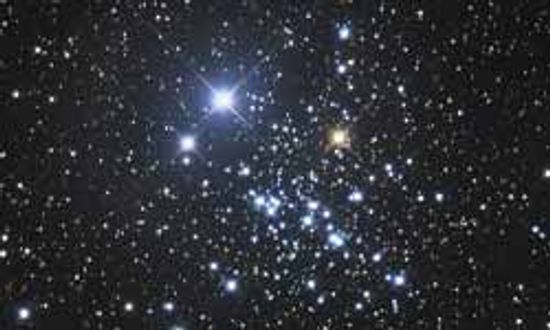
Constellation Pictures
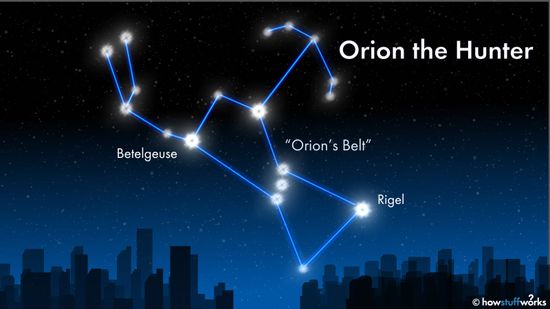
How to Find Orion's Belt in the Night Sky

Radio Telescope Image Gallery
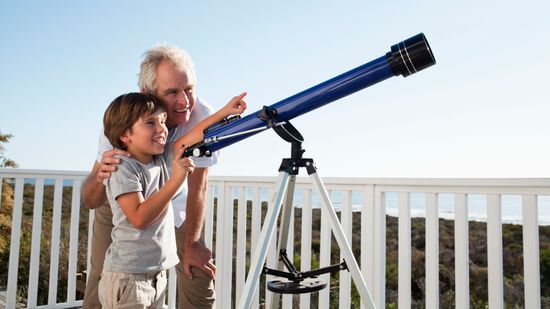
How do I build a telescope at home?
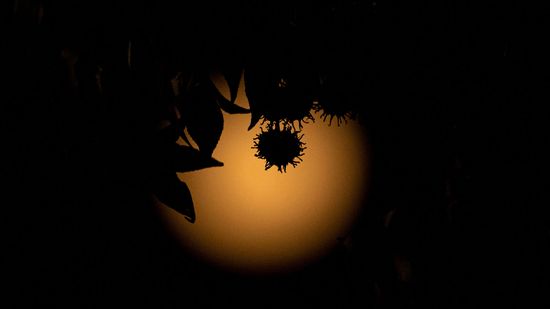
Shooting the Stars as an Astrophotographer

The Largest Star in the Universe Is 1,700x Bigger Than Our Sun
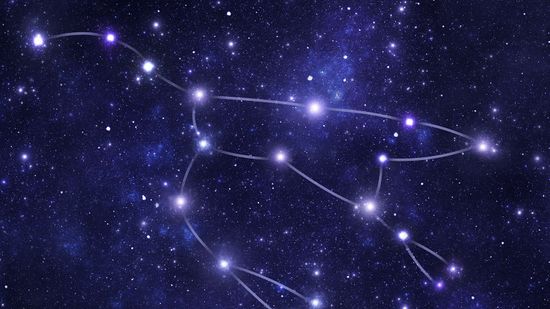
Twinkle, Twinkle: The Ultimate Stars Quiz

White Dwarfs Can Shred Planets to Pieces
Learn More / Page 5
The idea of planet Nibiru has captivated doomsday prophets and conspiracy theorists for decades, but nobody has proven its existence. What's the deal?
By Mark Mancini
The idea behind the "fake" moon is to provide extra illumination to Chengdu, a city in China's Sichuan province. What could possibly go wrong?
By Mark Mancini
Advertisement
After cruising 300 million miles and spending seven months in space, the InSight spacecraft successfully touched down on Mars' surface. How awesome is that?
Some scientists think the existence of plate tectonics could be a prerequisite for life. So do they exist on other planets outside of Earth?
By Mark Mancini
Once upon a time, the sun caught an interstellar orphan and adopted it as its own. It's named 2015 BZ 509.
To define the location of objects in the sky, astronomers utilize a system of celestial coordinates, which extends latitude and longitude from Earth's surface into space.
Advertisement
Yep, 'Oumuamua was probably kicked out of its own star system by an overbearing gas giant like Jupiter.
No worries though. Jupiter, Neptune or Uranus could create their own beautiful, bright ring display in the distant future.
Advertisement
Scientists are continually discovering more moons orbiting the outer planets, particularly Saturn and Jupiter. Just how many moons does Jupiter have?
It's a celestial gift in the middle of August. Just look up for a spectacular sight.
The annual Leonid meteor shower is back, and peaks in the late-night hours of November 17. It's made up of tiny bits of debris from the comet Tempel-Tuttle. Here's how to see it.
Advertisement
Astronomers have just discovered a gas in Uranus' clouds that does nothing to help the planet being taken seriously.
Jupiter has been notoriously bad about revealing any water deep in its thick atmosphere. That's changing though.
A billion years ago, the moon stopped being geologically active. But that's not to say that the moon is doing nothing for Earth. Let's find out why we owe our moon some thank yous.
Advertisement
It's a bird, it's a plane, it's a supermoon! Aside from being bigger and brighter than a regular moon, does a supermoon affect anything on Earth?
The European Space Agency's Gaia satellite observatory has created a 3-D model of the Milky Way — and beyond! — that charts more than a billion stars.
Say hello to the newly discovered TRAPPIST-1 system, which is just 39 light-years away and filled with seven Earth-like planets.
The rings of Saturn, Uranus and Neptune may be remnants of smaller planets destroyed long ago by the gas giants' powerful gravity.
Advertisement
And solving that issue could go a long way toward making our planetary neighbor habitable.
The sun's atmosphere is actually hotter than its surface, even though you'd assume the surface is what generates all that heat. How does that work?
